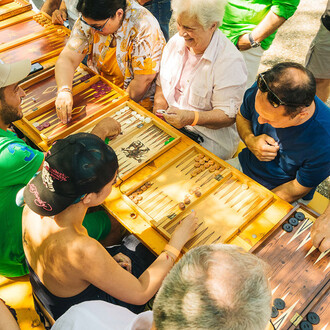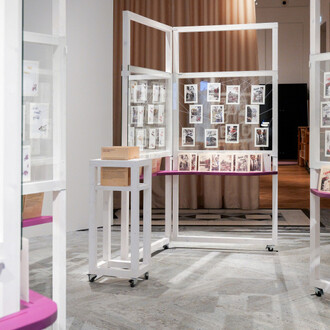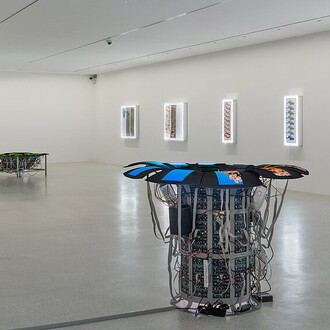Joining forces with the National Gallery of Slovenia, the Belvedere is presenting highlights of Slovenian painting from the era of national emancipation—from the revolution year of 1848 to the collapse of the Austro-Hungarian Monarchy in 1918.
The exhibition spotlights the defining characteristic of Slovenian painting around 1900: the intensive engagement with color. A focus on the study of its decorative effect, symbolism, expressive power, and technical application was, at that time, found in few other places to the same extent.
Following Jožef Tominc, the outstanding painter from the pre-1848 period, the second half of the nineteenth century brought forth fascinating personalities such as Jožef Petkovšek and Ivana Kobilca. Around 1900 the group known as the Slovenian Impressionists formed around Rihard Jakopič, Ivan Grohar, Matija Jama, and Matej Sternen. Their style influenced Slovenian art until 1918 and beyond.
The exhibition will give special attention to Slovenian artists’ ambivalent relationship to Austria and its capital Vienna. Many of these artists studied or lived for a time in Vienna, Graz, or Lower Austria. This ambivalence stemmed from a sense of latent exclusion while at the same time being dependent on state funding. In this context, many documents from the Belvedere Archive will shed a fresh, more nuanced light on the cultural-political ties between Vienna and Ljubljana.
(Curated by Markus Fellinger [Curator Belvedere] and Barbara Jaki [Director of the NGS]. Assistant Curators: Michel Mohor [Senior Curator NGS] and Miroslav Haľák [Assistant Curator Belvedere])
















